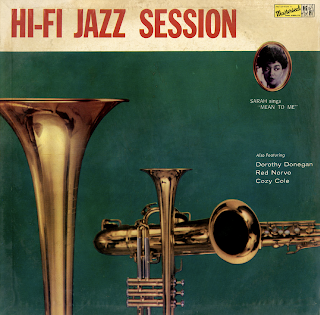Always
Norrie Paramor and His Orchestra
Paramor Photo by Derek Allen
Capitol Records ST 10173
From the back cover: Twenty-Nine Strings, recorded both stereophonically and monophonically in the world-renowned Abbey Road studios of E.M.I. in London, dominate this latest entry in Capitol's series of "mood" albums featuring Norrie Paramor.
Paramor wryly recalls that the waltz, when it first came into fashion at the start of the nineteenth century, was a highly controversial dance. "Many adults regarded the waltz as too daring – even suggestive," Paramor says. "It was a situation not unlike that of the 1960s when rock 'n' roll is unendorsed by a good many mothers and fathers."
Paramor serves up a dozen elegant and long-popular melodies in three-quarter time in this album. He opens with Irving Berlin, closes with Sigmund Romberg and generously features classics by Cole Porter, Richard Rogers, Noel Coward, Victor Herbert and others of equal repute in between.
From time to time, the weirdly musical voice of Patricia Clark briefly and unobtrusively slips through the Paramor violins, just as it did so delightfully in Norrie's best-selling "In London, In Love" album also on Capitol.
Always
Fascination
Three O'Clock In The Morning
Stars In My Eyes
Falling In Love With Love
I'll See You Again
The Kiss Waltz
A Kiss In The Dark
Wunderbar
Ramona
Waltz Of My Heart
Will You Remember


















